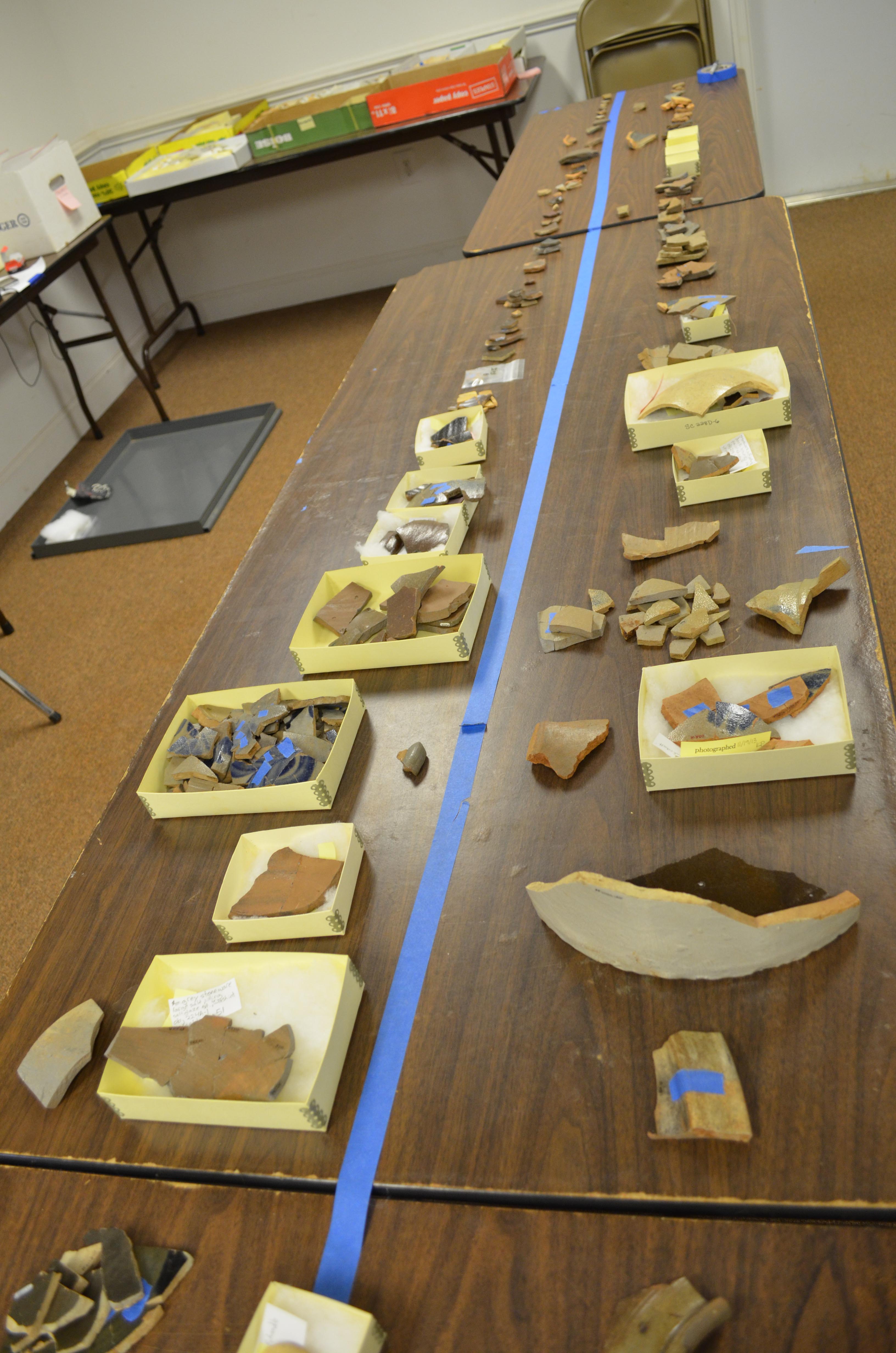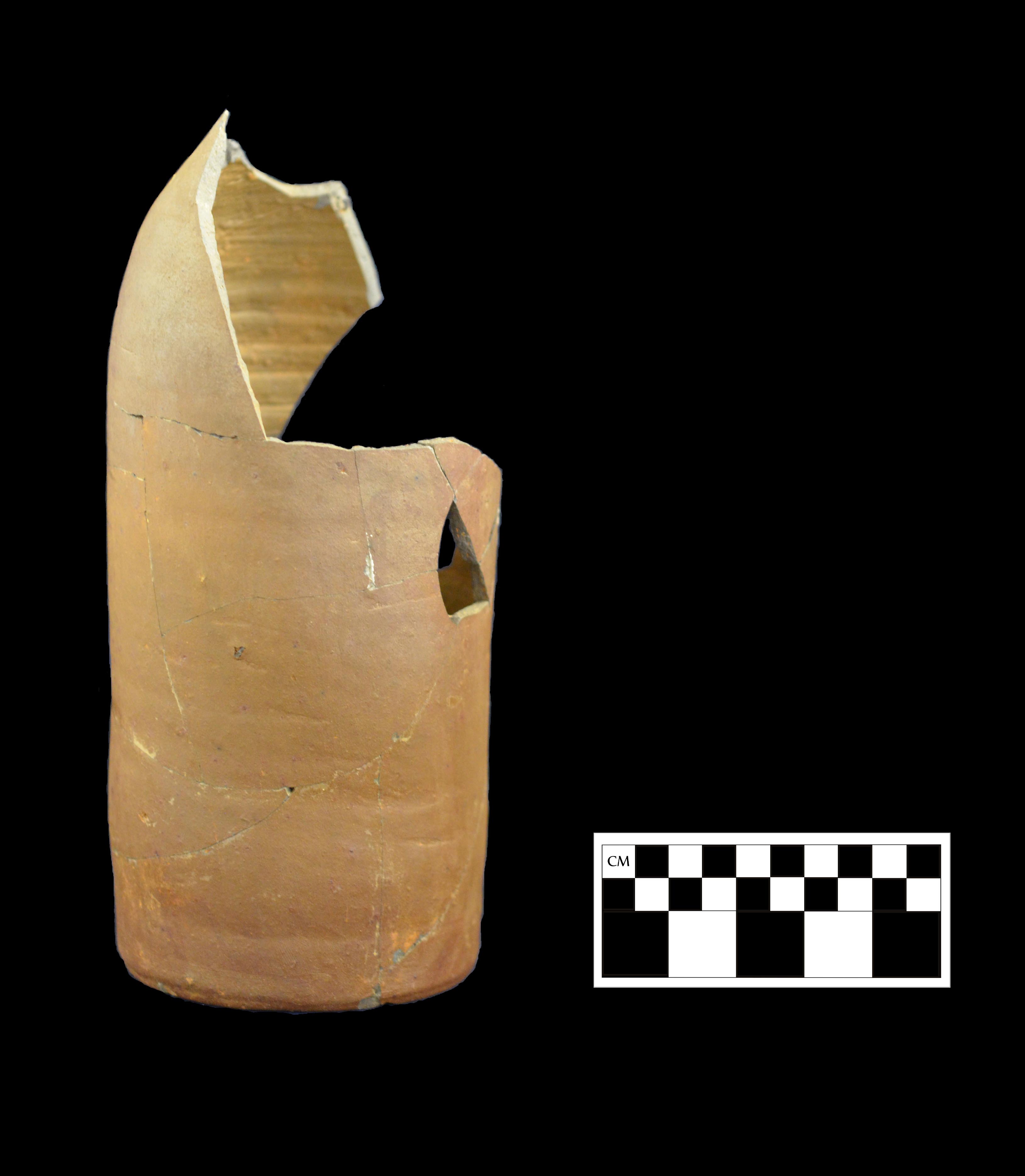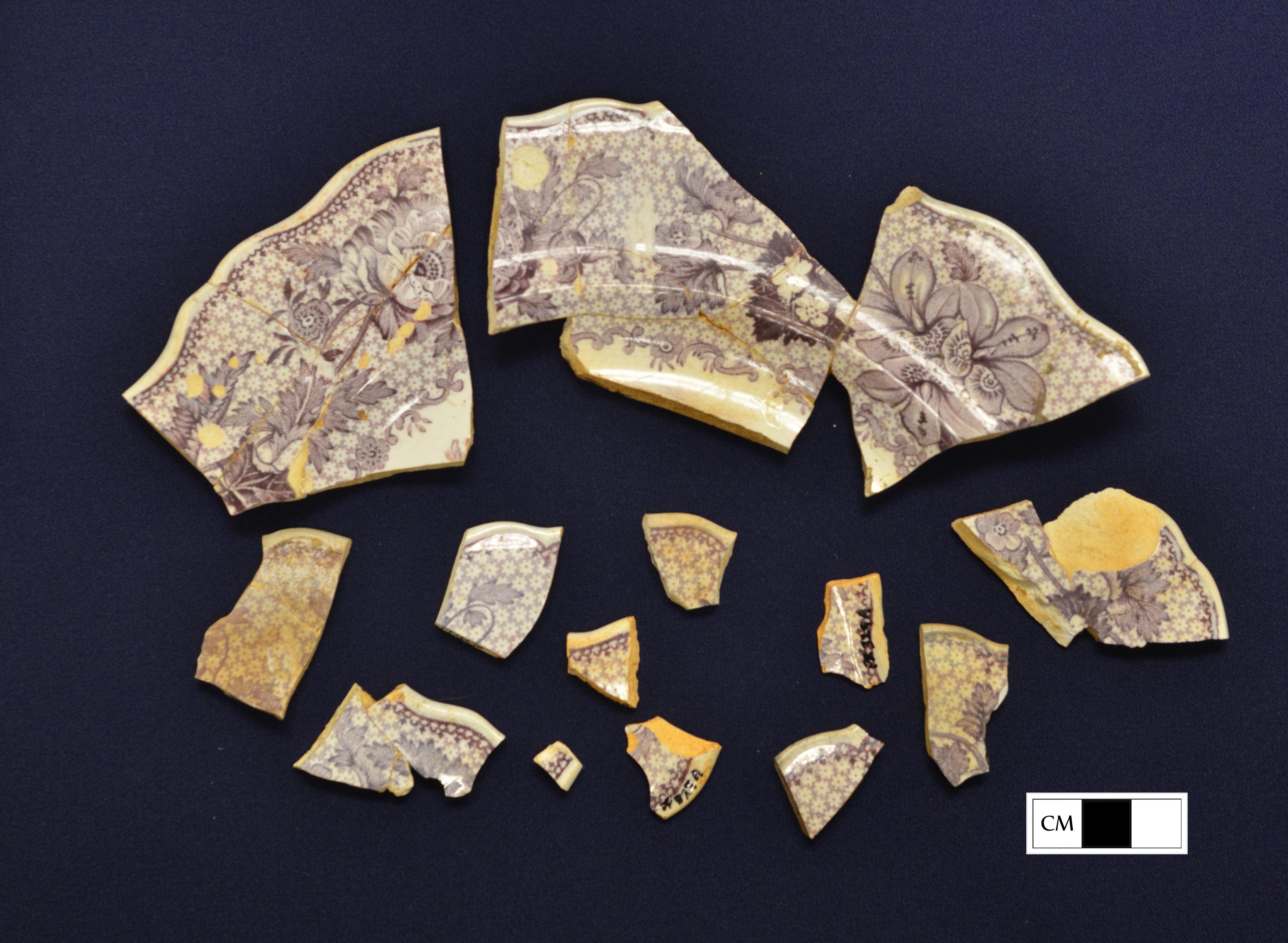Archaeology Blog
January Internship at Poplar Forest
My name is Amanda Phelps, and I am the archaeology lab intern for January 2014. I am a senior at Hartwick College in Oneonta, NY, with a major in Anthropology and a minor in Museum Studies. After I graduate this upcoming May, I plan on either going to graduate school or working in archaeology, preferably in a museum setting, so Poplar Forest has been the ideal place to do my first internship.
In June 2013, I was fortunate enough to complete my field school on a prehistoric Lamoka site at Pine Lake in Oneonta. This was a wonderful experience for me and helped me to hone many of the skills that I’ve used this month in the lab. Although my own research thus far has been in prehistoric archaeology and the Pine Lake site was prehistoric as well, digging through the historic layer really sparked my interest in learning more about historical archaeology. I have definitely gotten my chance to do just that this month!
My first few days here were spent learning about the history of Poplar Forest and some of the various sites on the property, particularly the Wing of Offices and the Carriage Turnaround. I also spent a lot of time washing and labelling artifacts from the Carriage Turnaround, which helped me learn to identify the different types of material found here, from the overabundant burned brick, to more distinctive items like Rockingham sherds (my personal favorite ware type). Even objects that were more familiar to me, like projectile points, are different in this area of the country—I’m not used to seeing such beautiful quartz flakes!
The main task that I have worked on during my time here is sorting and mending for the minimum vessel count (MVC) project. The purpose of this project is to get a better idea of the quantity and quality of vessels found here at Poplar Forest. Very rarely do entire vessels survive, so we instead have to look at a number of factors like print, curvature, and thickness to “vessilize” a group of sherds. Within these vessel groups, we try to make mends between individual pieces. Specifically, we look for crossmends; this is when two pieces of the same vessel come from different archaeological contexts. One way this can happen is when broken pottery sherds are used to aerate the soil, and the resulting plants are then moved in this same soil all over the property, as Jefferson was committed to creating an ornamental landscape here. Crossmends can thus tell us a great deal, so they are of the utmost importance. Once all the sherds from a certain ware type (e.g. redware, transferprint, etc) are sorted by vessel, they are given an object number based on context and catalogued as such. The resulting vessels have varying degrees of “completeness”, and can look like anything from the stoneware beer bottle or the group of non-contiguous ceramic sherds shown below. Both, however, are considered separate vessels in the final MVC.
I have also been able to learn some of the more technical aspects of museum archaeology while interning here. I have done some cataloguing of vessel sheets, learned about artifact conservation, entered data into the lab’s Re:discovery system, and learned a little about the ArcGIS program that is so vital to any type of archaeology. This month has been such a wonderful experience, and a great opportunity to utilize many of the skills I’ve learned during my years as an undergrad as well as an opportunity to be exposed to a variety of new skills that I will carry with me through the rest of my education and, eventually, into the workplace.


